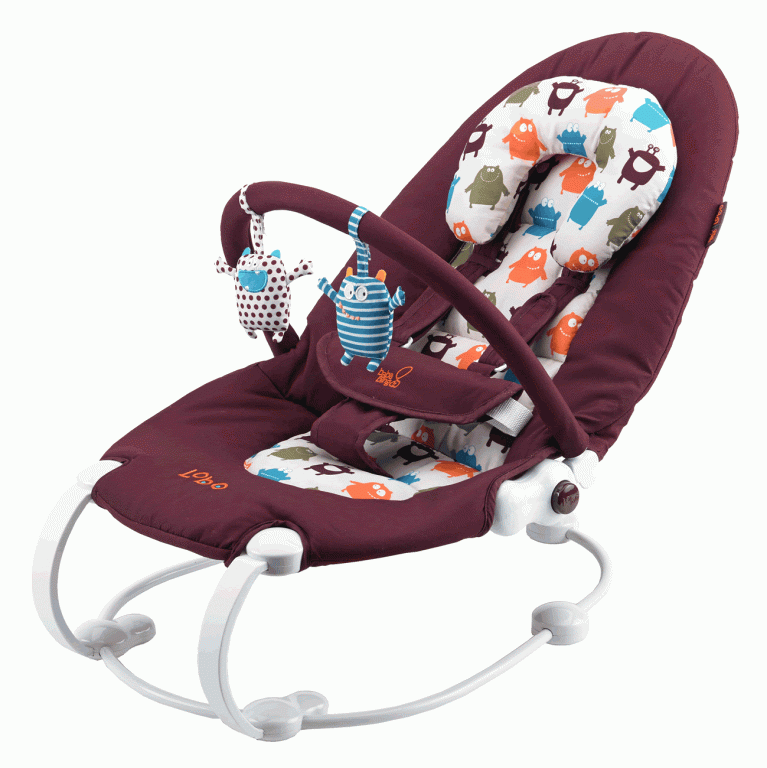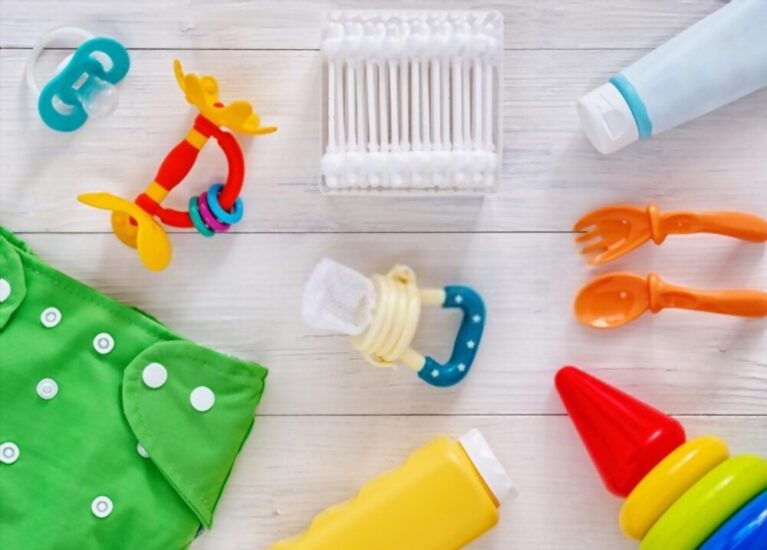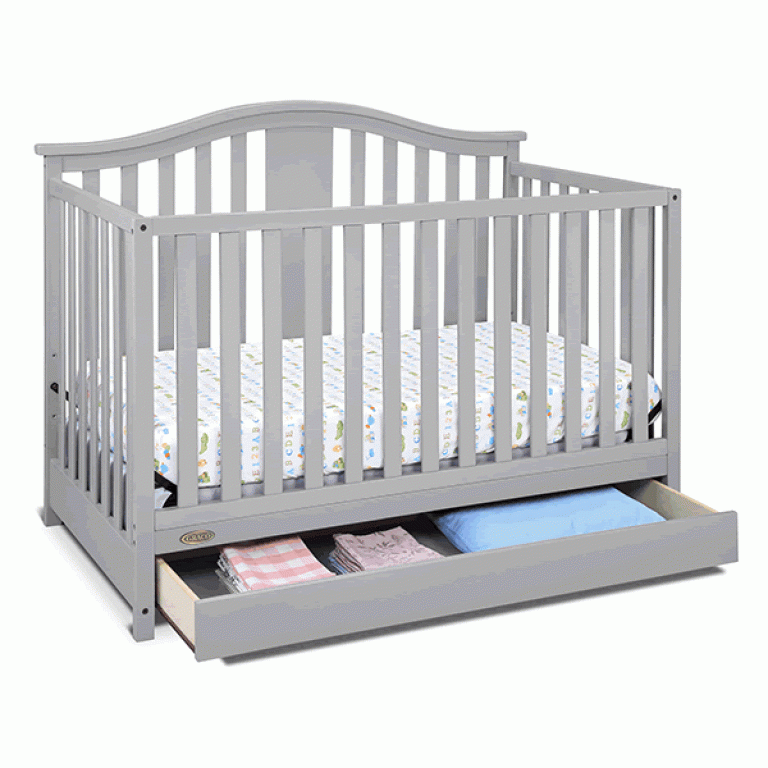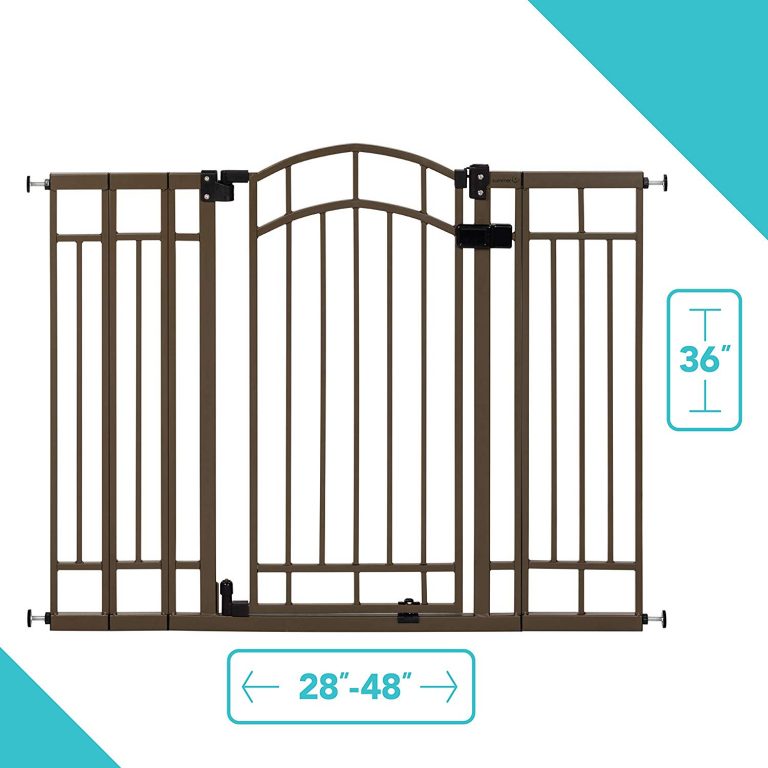Safest Baby Car Seats


Baby or toddler car seats are really a type of child safety device which is specifically designed to keep young children or babies safe from injury or possible fatality in the case of a vehicle accident.
To discover the safest baby car seats take a look through the safety guidelines below. Your next step is to read our best baby car seat buyers guide to make your informed choice.
These baby seats are in most cases purchased, installed and fitted by car owners and concerned parents worrying about the welfare of their offspring in the case of an unforeseen accident.
Table of Contents
How To Choose The Safest Baby Car Seats
A majority of car manufacturers are now seeing the need to have them installed as part of the vehicle’s design and if not are required to fit compatible anchors to enable fitting of baby seats.
Many laws surround the use of child seats and they must be of a government approved child safety seat and able to give proper and added protection to the baby or the young child that uses them.
Child safety seats must provide and be installed properly and used properly to give the protection required by law. In the early 1990s, standards were put in place to provide a correct code of practice in fitting and installing child car safety seats.
In the year 2013, a new car seat requirement covering the whole of Europe was introduced and the new law is now universal. European safety regulations cover the use of baby car seats and provide extra protection for children facing towards the rear during travel.
The rule now incorporates for children up to the age of 15 months instead of the former EU regulations, which was previously used between the ages 9 to 12 months.
There is a wide and varied type of child car seats which can vary in how the seat can be positioned and can come in many different sizes. The European regional standards committee have now combined these child car seats into 4 different categories and sizes.
Some newer car models recently manufactured have all the restraint seats and anchors fitted as standard, which is great news for safety-conscious parents.
Group 0 of the new groups and regulations require the baby or infant carrier to be locked in a rear-facing position and are normally restrained and kept in place by an adult standard type seat belt.
Group 0 carrycots are designed to hold the baby lying on their back. The carrycot is then secured by both rear seat belts to keep them anchored and secure. The manufacturers recommended weight for these type of carrycot seats are from birth to approximately 10 kg and the age would be up to 15 months.
Carrycots are designed for children who can not sit in a regular baby seat due to age and size. Infant carriers are a means to restrain and keep safe the child in a rear facing position.
This design incorporates and uses restraining force over the child’s head and body and is an extra safety feature in the unfortunate event of having a head on collision.
Infant carriers are mounted in the vehicle rear facing and are designed to pad and protect in the event of a collision with all the impact being absorbed into the outer shell of the child seat.
Rear facing seats have been proven and well documented to be the safest child seats available on the market. Children must remain in these rear facing seats up until the age of 1 year and between 9 and 10 kg.
This is the law in USA and is most advisable to keep your child in this type of seat until the ages of 2 years old or until they outgrow the rear facing safety seat.
More and more countries are in total agreement that rear facing child and baby seats are safer than the front facing counterparts due to the fact they provide more support for the child’s head at times of slowing down or speeding up the vehicle.
Typically these countries and some manufacturers recommend using rear facing seats for as long as is physically possible and prudent to do.
Convertible type child safety seats are multi purpose position seats and are also considered one of the safest baby car seats you can buy. They can be used as a rear facing type seat or forward facing safety seat and there are also some on the market which can also be used as booster seats.
Many types of this design allow children to be able to still be positioned in the safer rear facing position. This can be used up to the weight of 18 kg.
The convertible safety seats can come in a large variety differing designs and features, seats with 5 point harness type safety belt are widely considered to be the best and safest.
Convertible type seats are not really suitable for newborn babies. Depending on which country of origin and manufacture, rear facing seats have weight limits on them and the same for forward facing safety seats.
Almost all convertible seats in the united states have at least a 16 kg rear facing weight limit and recommend children remain in the rear facing position until they have outgrown the recommended weight limit for the safety seat or until the top of their head is within the top of the car seat.
- Group 1 Safety seats require a permanent fixture in the car using the adult seat belt to hold it securely and properly in the correct position and must be fitted with a 5 point harness to hold the baby securely and safely. The best way to use this seat is almost always recommended in the rear facing position, but there are no legal requirements insisting that you do this, so you can have it fitted forward facing if you wish. The recommended weight for the use is 9 kg up to the weight of 18 kg. There is no upper age limit for this type of seat, but most advise using from 9 months right up until 4 years old.
- Group 2 Safety seats are considerably larger in their design and now use the adult seat belt to hold the child securely in place. The child can either be sitting forward or in a rear facing position and once again there are no legal requirements as to what position you intend to use it. The recommended weight for these group 2 seats is 15 kg up to 25 kg approximately. The age range is from about 4 years old up to 6 years old but older children can sometimes fit in correctly.
- Group 3 These are booster seats to enable the child to be positioned for safety and comfort with the use of the adult seat belt. The sitting position for this type of safety seat is always facing forward. Once again the weight recommended can vary from 22 kg up to 36 kg and the ages depending on the child between 4 and 10. Booster seats are strongly recommended for children to use on journeys until they are old enough and large enough to be able to use an adult seat and safety belt. Booster seats allow the child to rise up to enable the adult seat belt to sit in the correct and proper position across the chest and hips.
Safety groups are calling for retailers to completely phase out backless booster safety seats because they do not provide adequate protection in side impact collision.
All types and makes of child safety seats have an expiry date on them. This can differ from one maker to another so you must be aware of this when purchasing a child safety seat.
The safety of your child is always of utmost importance in all adults lives, so the purchase of used or second hand child safety seats should not even be thought about or contemplated due to the fact you could not possibly know its history and may well be past its expiry date.
**SAFETY TIP**
Parents, guardians or childminders should not under no account place the baby in the safety seat with very thick winter clothing on because the safety straps will not fasten the child in as secure as they should be.
You are better to place the baby in first and then cover with a coat or blanket for warmth.
The law for baby and child car seats differ from country to country but are quite universal in their meaning and understanding.
Most western developed countries have safety laws in place for children under the age of 2 years old to be transported in a safe manner and by car safety seats.
Other types of car safety seats like booster seats must be in place and used until the child is old enough and tall enough to make full use of the adult safety belts.
The child needs to meet some standards which allow them to fully use adult belts including child’s seating position, shoulder belt position and be able to sit properly for the complete length of the journey.
Although there are many different types and models of child safety seats, they are made mostly of the same materials, with only one purpose, to save lives and bad injuries to a child.
There is no doubt child safety seats provide an invaluable safety feature inside your vehicle to keep your child safe, as long as your child is properly restrained within his seat he or she will be very safe for the journey.
Every single child safety seat will have an expiry date as aforementioned, labeled or either printed on it. It is not advisable to fit and use a seat over 6 years old.
A very large proportion of child safety seats are not fitted correctly or indeed are not the correct size and type for that age and weight. They may not be connected properly to the vehicle and incorrectly fastened in some way.
There is no better way or alternative to try to keep your child safe in the unfortunate circumstances of being involved in an accident than having a child safety seat fitted.
There are very good reasons to have professionals choose and advise on the correct and best safety seat for your child. They may well have a fitting service at the point of purchase too. If they don’t they will guide you to a professional who will correctly fit and install the safety seat and give you invaluable instructions and demonstrate its proper way of use.
For your peace of mind and for the guaranteed safety of your child it is better to have this option of fitting available to you.
Within the USA they now have the national child safety board who train and have a programme to certify safety technicians in the art of installing child safety seats and other safety features, do so in trying to avoid risks in the transport of children.
By placing children in proper and appropriate car safety seats we are reducing the risk of serious injury and deaths and so giving them a perfect start in their young lives.
Here is the list of your options from the list of baby safety seats according to their group:
- Group 0 -this is for babies from 0 kg to 10 kg….it is a lie flat baby carrier rear facing baby seat using a harness


- Group 0 plus- Suitable for babies from 0 kg to 13 kg -rear facing baby carrier or rear facing baby seat which uses a harness


- Group 1 – for babies from 9 kg to 18 kg – a rear or forward facing baby seat using a harness or safety shield


- Group2 -15 kg to 25 kg -rear or forward facing child car seat. High backed booster seat or booster cushion using a seat belt, harness or safety shield


- Group3, -22kg to 36 kg -this is a rear or forward facing child car seat, high backed booster seat or booster cushion using a seat belt harness or safety shield. Those are your options from a wide range of styles and prices.


If you intend to fit your child safety seat yourself you must only use a child’s’ car seat. If your cars seat belt has a diagonal strap or the seat is specifically designed for use with a lap seat belt or fitted using anchor points, a must remember for you is that you must deactivate any front airbags before fitting a rear facing type baby seat in a front seat position.
You must never under no circumstances fit or install a child’s car seat in or on side facing seats. Using a car seat or booster seat, children must always wear one up until the age of 12 or they reach a height of 135 cm tall.
Children over the age of 12 or over 135 cm must at all times wear a seat belt. The information contained here could quite possibly be of value to you when determining the best child car seat for your family.
Now you know what makes up the safest baby car seats for your baby you can go ahead and make an informed buying decision using our buyers guide.
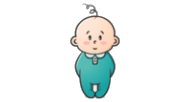
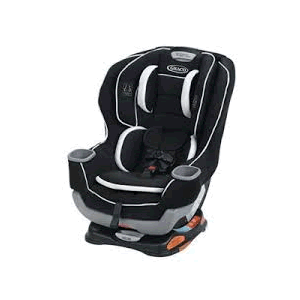
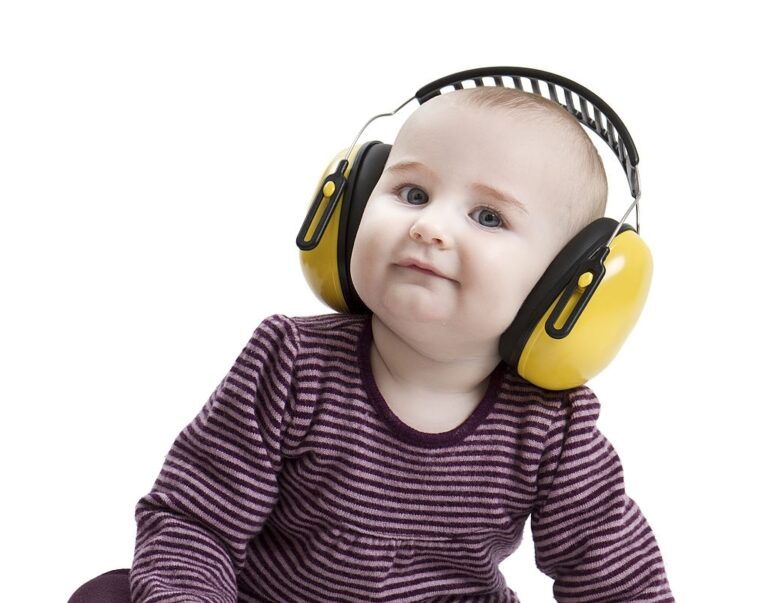
![Best Budget Baby Food Processor [2021]](https://infantstuffreviews.com/wp-content/uploads/2019/10/Best-Baby-Food-Processor-768x768.gif)
